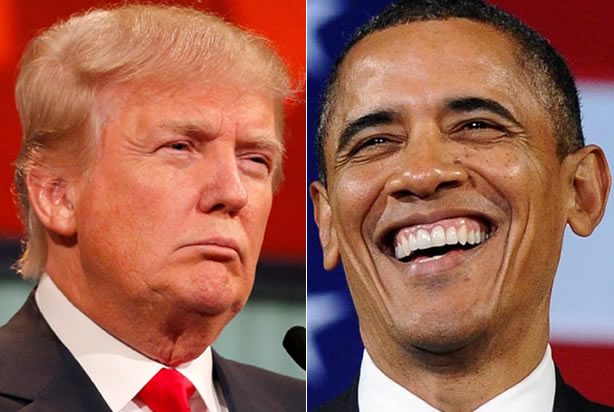
The Origins of American Storytelling Prowess
(China) on 24 March 2016
by Qi Qian (link to original)
Historically, Americans have been adept at imbuing entertaining theatrical narratives with certain ideas, and at expressing and disseminating those ideas through the recreational medium of film. With "Zootopia," the line is once more blurred between education and entertainment. The creators have wrapped thought within emotion and art, embedding certain themes in the minds of the audience and imparting a sense of realism to the story. Here, the United States' application of film, television and other forms of mass media to spread its core values is apparent; by accepting "Zootopia," the audience in some sense also tacitly accepts American beliefs. Accordingly, it is worth some rumination on our part as to whence this capacity for teaching through recreation has come.
One could say that the storytelling prowess of Americans is fostered from infancy, as in the process of socializing their children — whether among family or at school — they place enormous emphasis on the cultivation of creativity and imagination. Elementary school textbooks have considerable heft, and contain not only words but also an abundance of illustrations, as visualization through the use of images makes material more readily digestible for children. Every lesson includes points to ponder. What is the main theme of the passage? Which elements are used to expound upon this theme? What other possible conclusions to the story can you think of? What is your general assessment of the passage? Can you retell the story in your own words? How does it relate to your own aspirations? None of these questions are tied to a set response, but all require children to exercise their imaginations and creativity. Through such heuristic teaching methods, America's youth acquire both creativity and independence of thought.
Shaping a story that touches people's hearts requires the creator to not only have a vivid imagination, but also a strong analytical mind. The crafting of the plot reflects the creator's level of maturity, as well as insights into and thoughts regarding society, nature and human nature. A well-woven tale requires the mind of a philosopher, a scientist's comfort with reasoning and design, and an artist's methods of expression. China as yet lacks individuals capable of organically integrating thought and entertainment. And learning that skill is something best done as the Americans have always done it: from infancy.
The author is a visiting scholar at UCLA.

